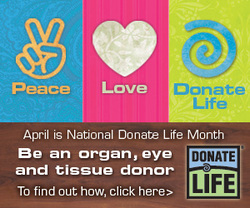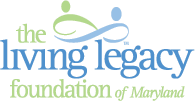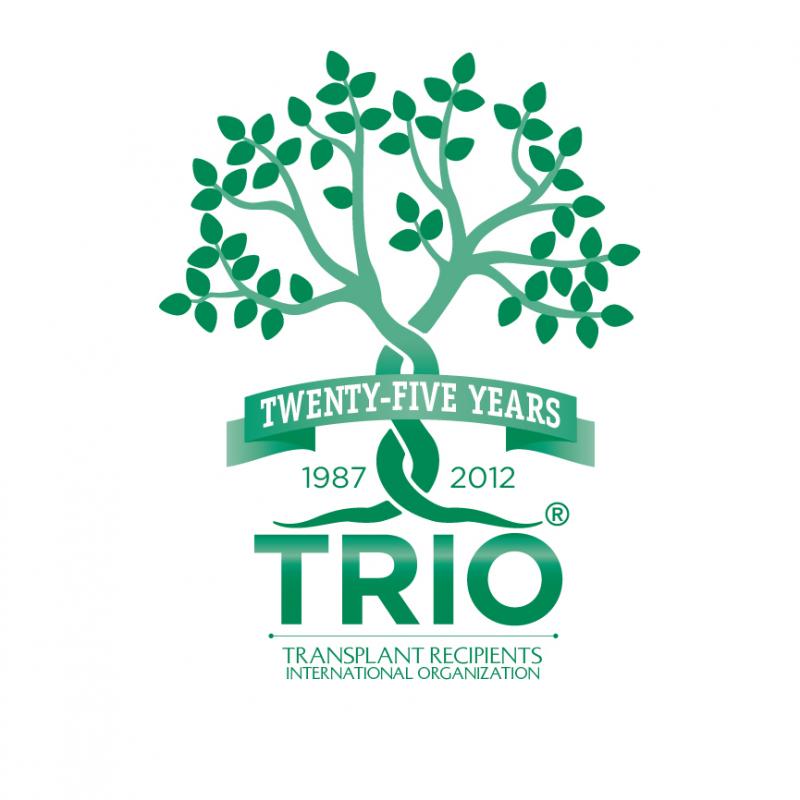 APRIL IS NATIONAL DONATE LIFE MONTH! National Donate Life Month (NDLM) was instituted by Donate Life America and its members in 2003, and grew out of the federally proclaimed National Organ, Eye and Tissue Donation Awareness Week (NOTDAW). NDLM features an entire month of local, regional and national activities to help encourage Americans to become a donor. More than 55 years after the first successful organ transplant in December of 1954, thousands of individuals have recognized the importance of giving the gift of life to others. In 2009, over 13,000 people were organ donors. Thanks to them, and thousands of others before them, more than 475,000 people in the United States received transplants. Despite the compassion of so many, National Donate Life Month is a time when we also must raise public awareness that there continues to be a critical need for more donors and an increasing gap between the number of people whose lives depend upon receiving an organ transplant and the number of available organs. More than 110,500 people are on the waiting list for an organ transplant. Thousands more need tissue and corneal transplants each year, and about 30,000 people a year are diagnosed with blood diseases that may be cured by a marrow/blood stem cell transplant. Every day in April people across the U.S. make a special effort to celebrate the tremendous generosity of those who have saved lives by becoming organ, eye, tissue, marrow, and blood donors and to encourage more Americans to follow their fine example. Several activities are organized during this month to call attention to the need for organ and tissue donation, the impact donation has in saving lives of other individuals and the importance of people making their wishes known to their family in the event of an untimely death. Each day at any given time there are thousands of men, women and children waiting for a life-saving organ transplant in the United States. These people are parents, children, sisters, brothers, wives, husbands, aunts, uncles, grandparents, best friends and neighbors who are all waiting a second chance at life. On average 18 people a day will die waiting and every 12 minutes a new name will be added to this long list of people who are waiting. The only way to make a difference is to register as an organ,eye and tissue donor. Encourage family and friends to take action and join the donor registry. Be a hero. Be a donor. Updated wait list numbers: Kidney – 88,000 Liver – 16,141 Pancreas – 1,387 Kidney/Pancreas – 2,241 Heart – 3,185 Lung – 1,768 Heart/Lung – 67 Intestines – 261 Total - 110,389
0 Comments
GET THE FACTS about Organ, Eye and Tissue Donation...
Myth: If I agree to donate my organs, eyes and tissues, my doctor or the emergency room staff won't work as hard to save my life. Reality: Only after all efforts have been exhausted in saving your life and death has been declared by the attending physician, will organ, eye and/or tissue recovery take place. The doctors working to save your life in an emergency room or a hospital's intensive care unit are separate from the medical team that would be involved in the recovery process. Myth: Organ, Eye and tissue donation is against my religion. Reality: All major religions support organ, eye and tissue donation as the ultimate act of charity. If you have questions about your faith's views on donation, consult with your minister, pastor, rabbi or other religious leader. Myth: My family will be charged for donating a loved one's organs, eyes and tissues. Reality: There is no cost to the donor or donor's family for organ, eye or tissue donation. Myth: I am too old to donate. Nobody would want my organs. Reality: You are never too old to give the gift of life. The decision to use your organs, eyes and tissues is based on strict medical criteria, not age. Even people in their 70's, 80's and 90's have organs that can help save a life. To find out more about organ, eye and tissue donation go to: http://www.donatelife.net YOU HAVE THE POWER TO DONATE LIFE! |
AuthorWindows of Strength, Limited has been established to provide financial assistance with non-medical costs not covered through insurance, government programs or other funding to post surgery organ transplant recipients and their caregivers. Archives
August 2018
Categories |
Photos from Matteo.Mazzoni, puroticorico, kelp1966, riptheskull, r-z








